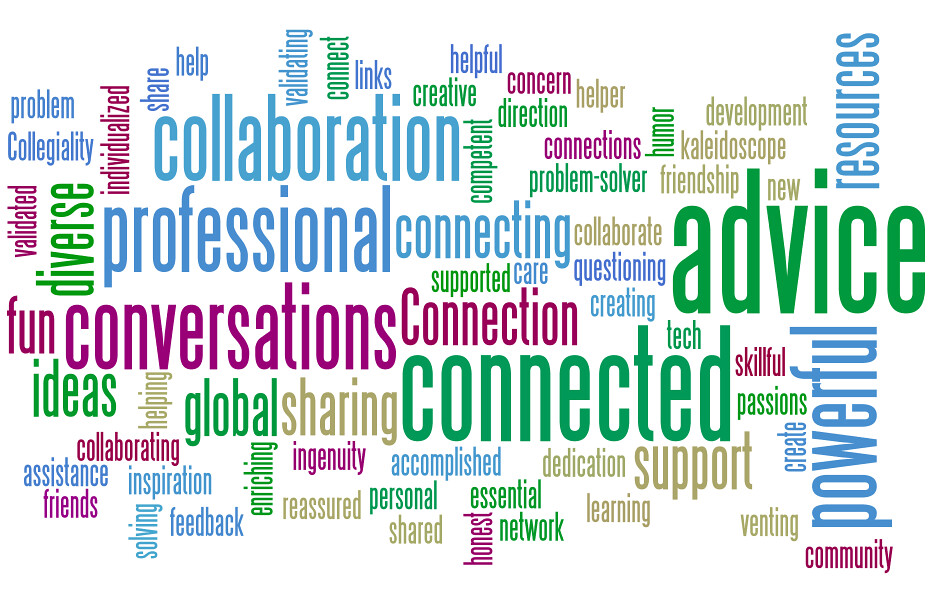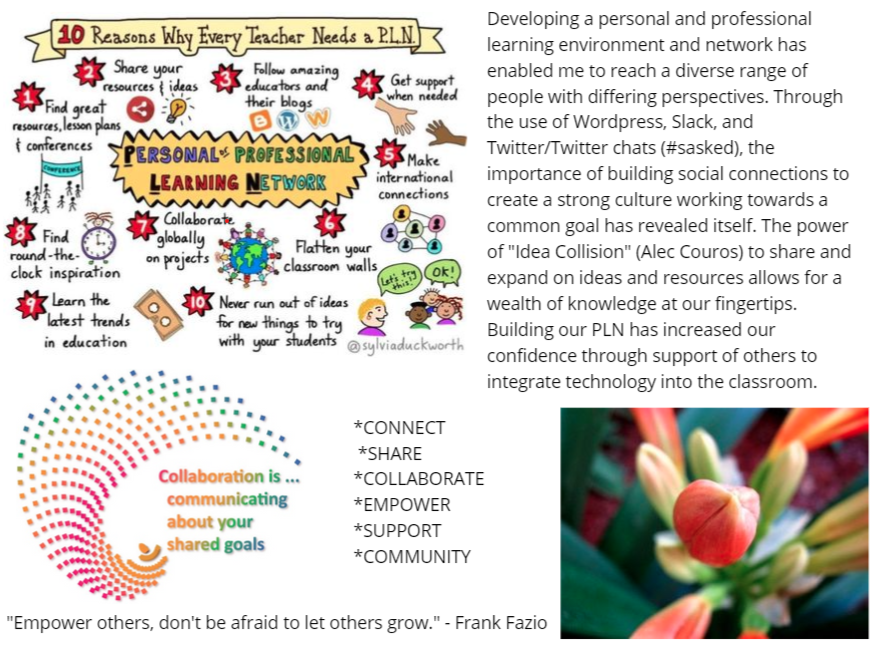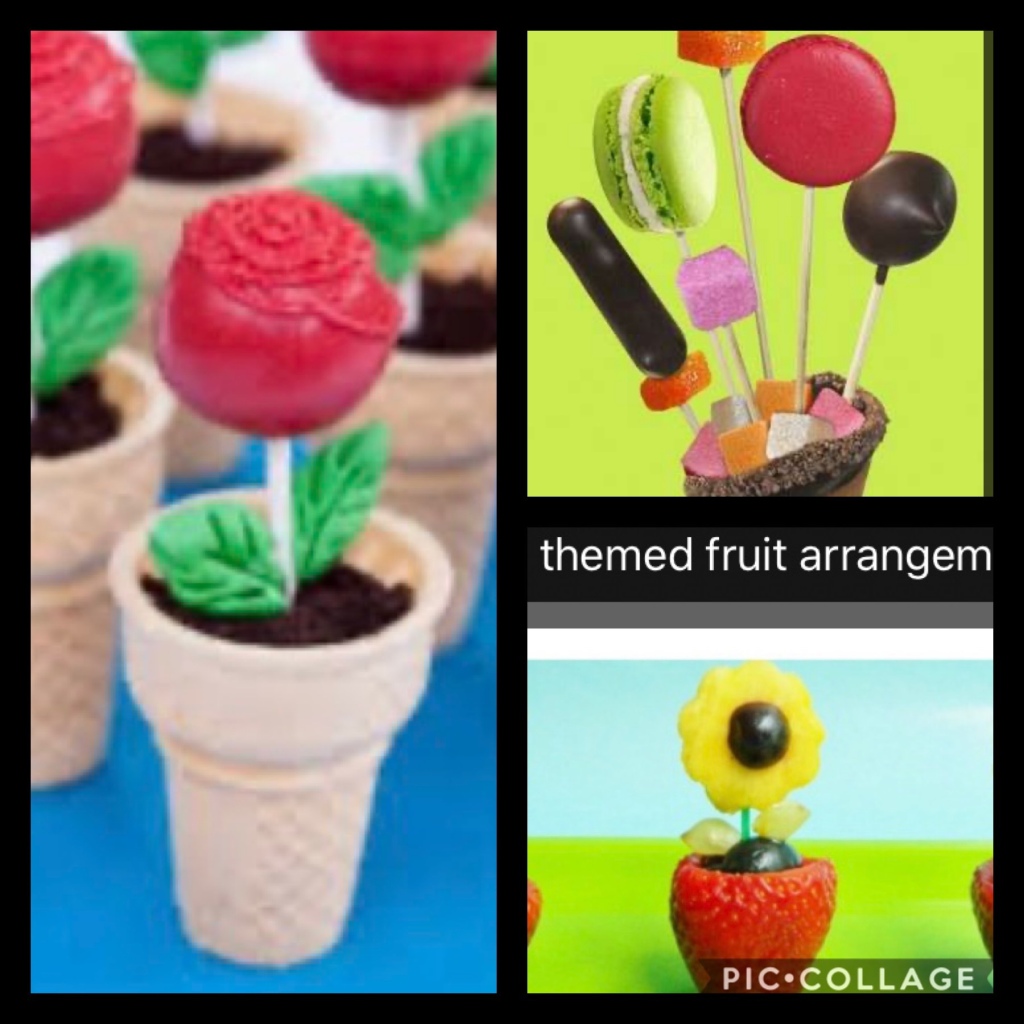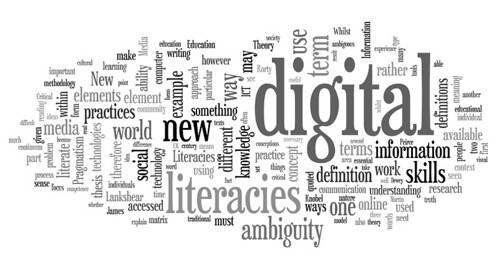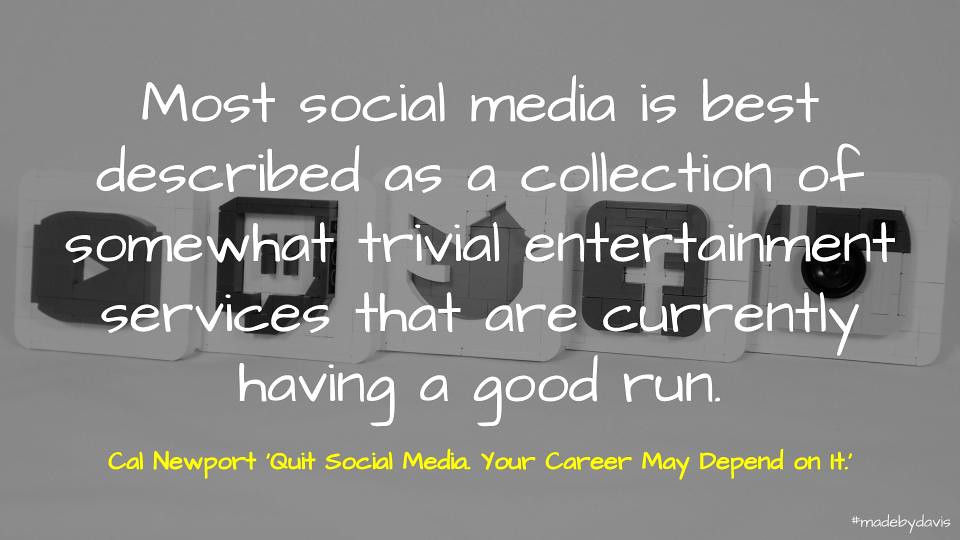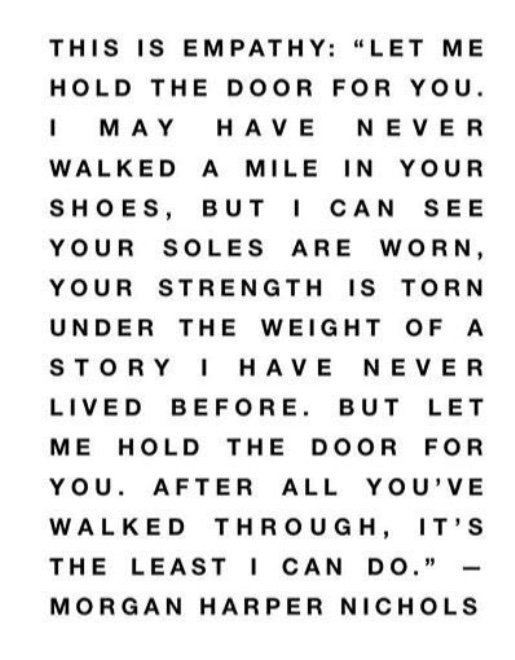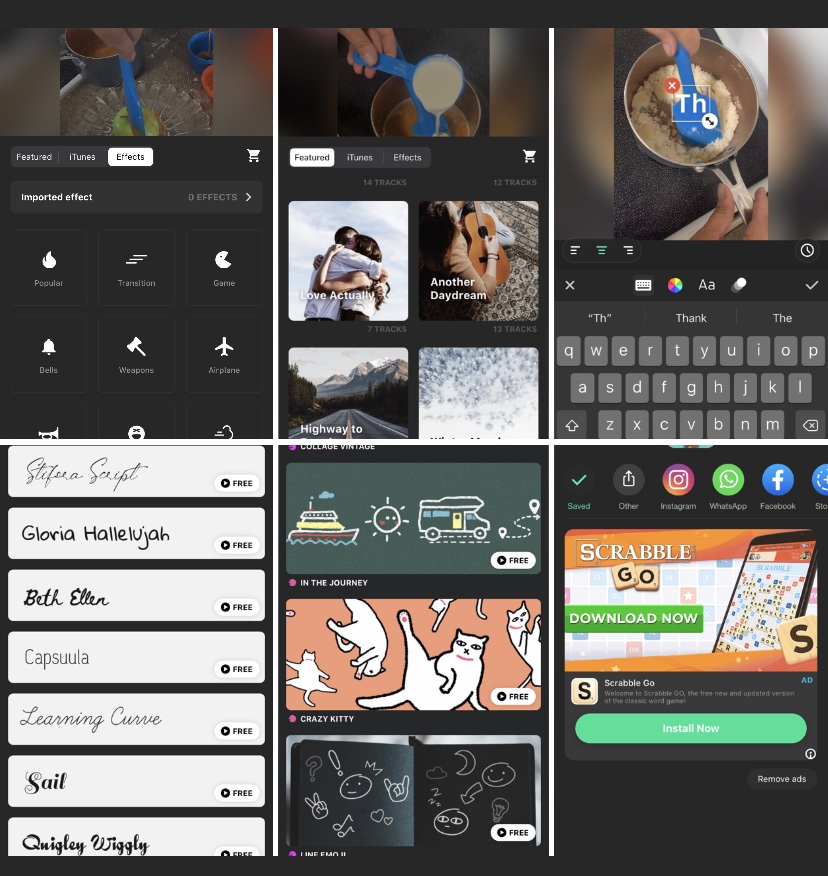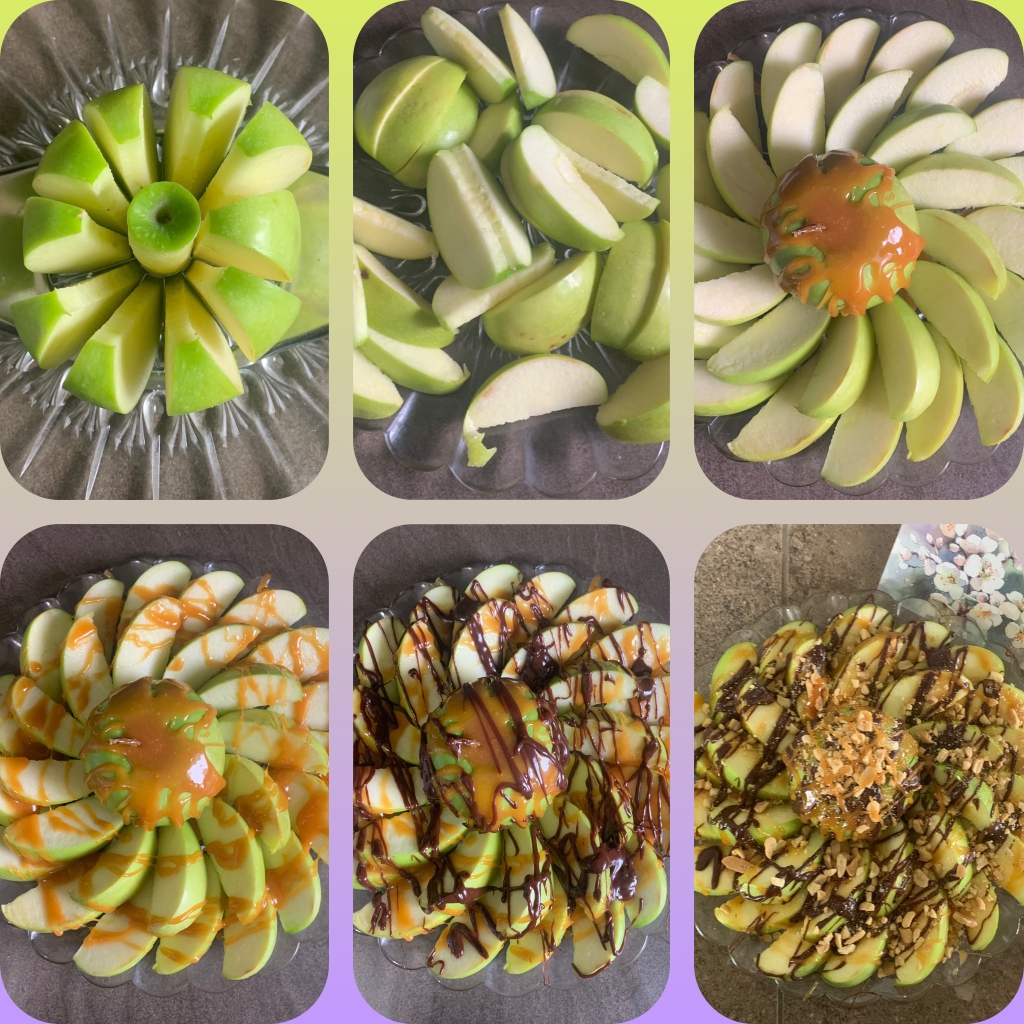It is hard to believe that 6 weeks has passed since writing my first learning journey post. I decided to make another edible arrangement to wrap up the required course posts. Although this class is officially over, my edible arrangement creating most is just getting started. This skill brings me such joy and is a positive, productive way to channel my over active mind. I am the kind of person that needs to feel I have accomplished something each day, and having a tangible result helps bring me that. The icing on the cake, or chocolate on the fruit, in all of this is it brings joy to others as well. Creating the pieces is a small part of what makes me happy when practicing this skill, it is the appreciation for the art from recipients that really makes me feel proud of what I have created. I am blessed to be a part of the small community I live in and really wanted to be able to give back to those that give of themselves….the essential workers.
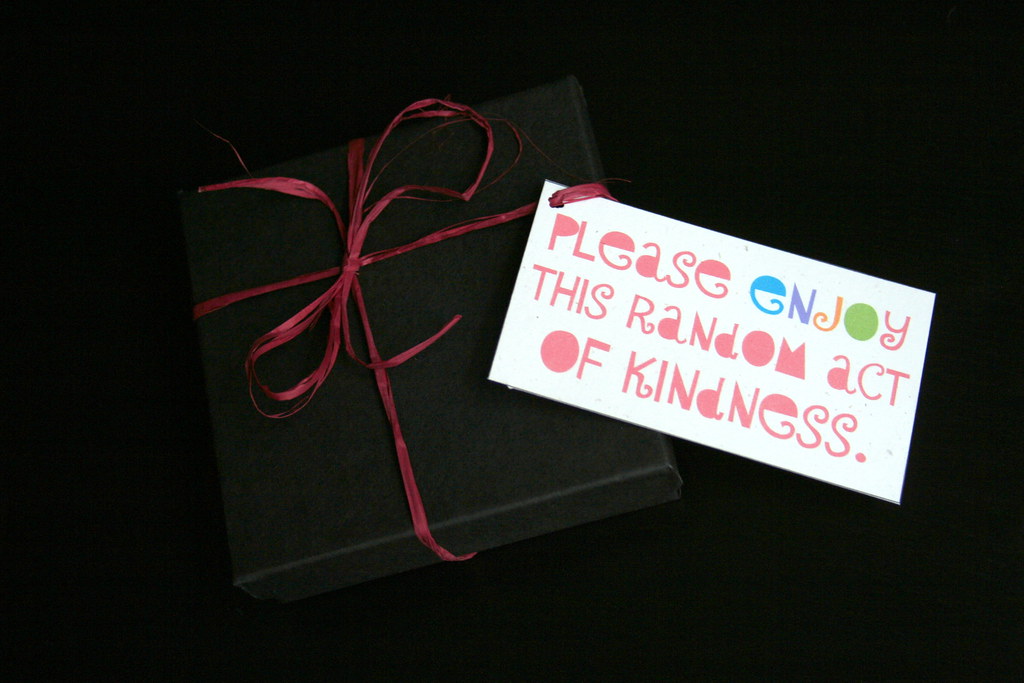
When learning a new skill does not always end up being the skill itself. Although I have learned many new technology skills, my biggest take away during this project is how small acts of kindness can change the day for the better. I remember watching and being inspired by the movie “Pay It Forward.” and the random acts of kindness trend that followed. I have been the recipient of small gestures in the pass and this was a way to continue to spread joy.
This weeks arrangement reveal….. “Dreams, Daisies and Donuts” Made for Slobodian Pharmacy



My former boss loves donuts as much as I do! The apple donuts were created with him in mind.
The back story…..Last year I gave up my position, after 15 years, at Slobodian Plarmacy to focus on my education. John and Tracey have been pillars in my personal and professional growth. They are the fantastic employers that exude kindness and generosity. They have been one of my major supports in life. It is a blessing to have employers who start off as role models and in time become friends. They continue to check in and offer to help in any way they can as I pursue my dream of becoming an educator. I have been thinking about this piece since the very first bouquet I successfully created, it had to be perfect! I wanted to bring my blog title alive….Slobodian Pharmacy is the where I learned to have a voice, gained confidence as an individual, went through the hardest times in my life and continue to go to for advice – professional and personal.
I used many of the techniques I learned online throughout this project to create the piece, but I had a vision and true to my style, I dug into my creativity and this one came straight form the heart.
Now for the learning recap……
Previous experience: “Memories of my theme party planning days when the boys were little were flooding my mind as well as that feeling of joy an accomplishment I felt when pulling off that perfect cake or brownie graveyard for the playschool Halloween party, and how the boys eyes lit up with delight when they seen the finished product. While I have baking and decorating with icing experience, turning fruit (maybe veggies) into art will be a whole new experience.” (week 1)
Week 2 – cutting simple fruit shapes, have to cut fruit thick enough to stay sturdy, berries are temperamental, importance of esthetic arrangement, Mother’s Day, PicCollage
Week 3 – tempering chocolate, types of chocolate, chocolate as decoration, dipping methods, fruit can be used to create patterns! iMovie and YouTube debut


Week 4 – put apples in lemon juice to deter browning, importance of arrangement and plating choice, caramel sauce from scratch, drizzling chocolate, InShot created video and photo collage.
Week 5 – Keto baking, berries are a go on the Keto “diet”, the beauty of parchment paper, Canva for recipe cards 🙂 make sure you take time to treat those you love.


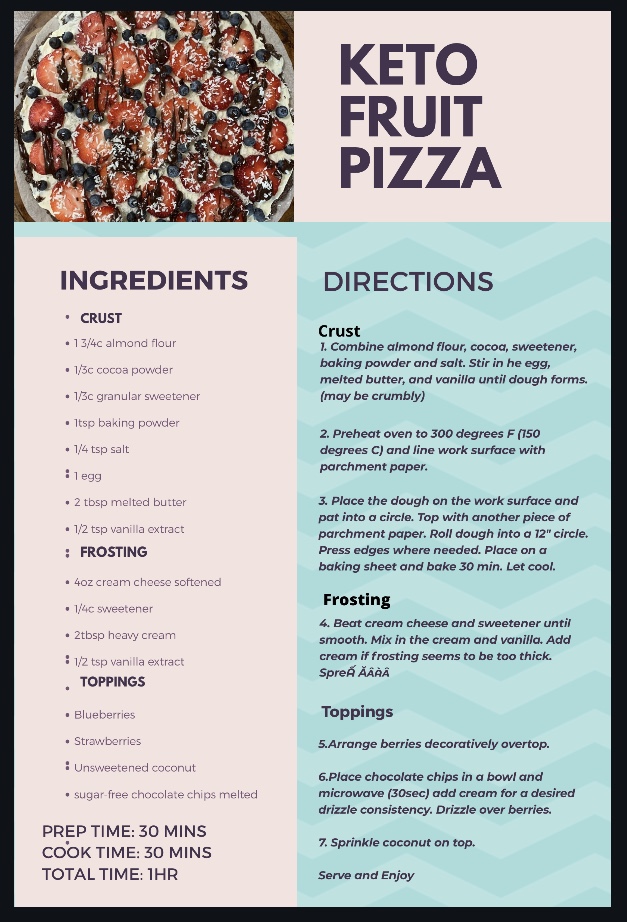
Week 6 – strawberry roses!, scalloped fruit, change in arrangement options and my patience test, iMovie fairytale trailer, PicCollage, InShot video.
Week 7 – putting all I have learned into action, dipping cut fruit in chocolate, apples make such cute donuts, the addition of greenery (celery), cutting letters, grape wreaths, creatively bringing a vision to life…..thankful thoughts, work of “heart” ❤️💙

“FUN + Learning = the best educational experience” – Tamara L. Chilver

Stay tuned……..🌹🥝🌼🍓🌸🍏



